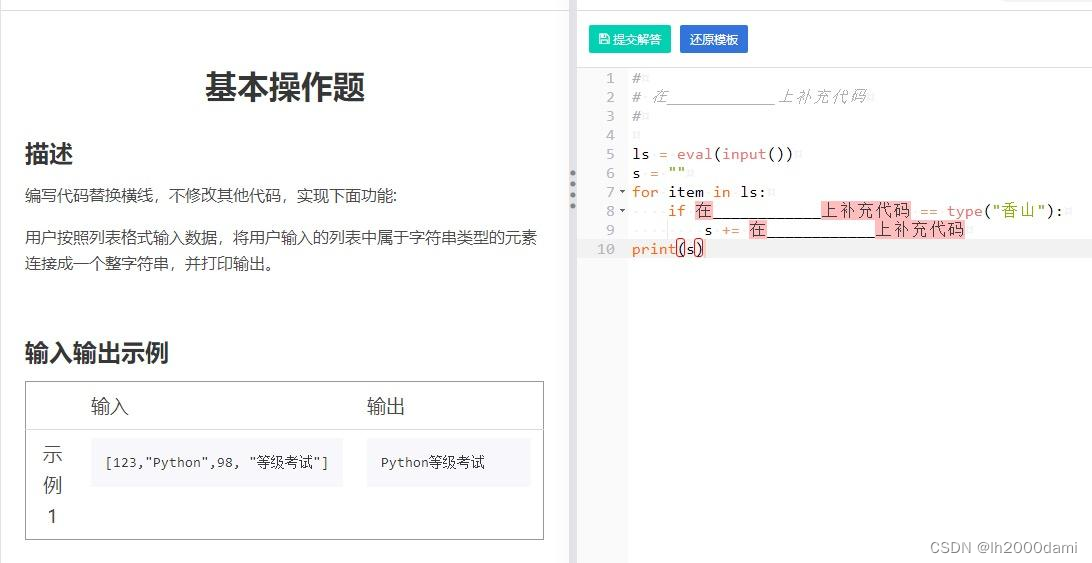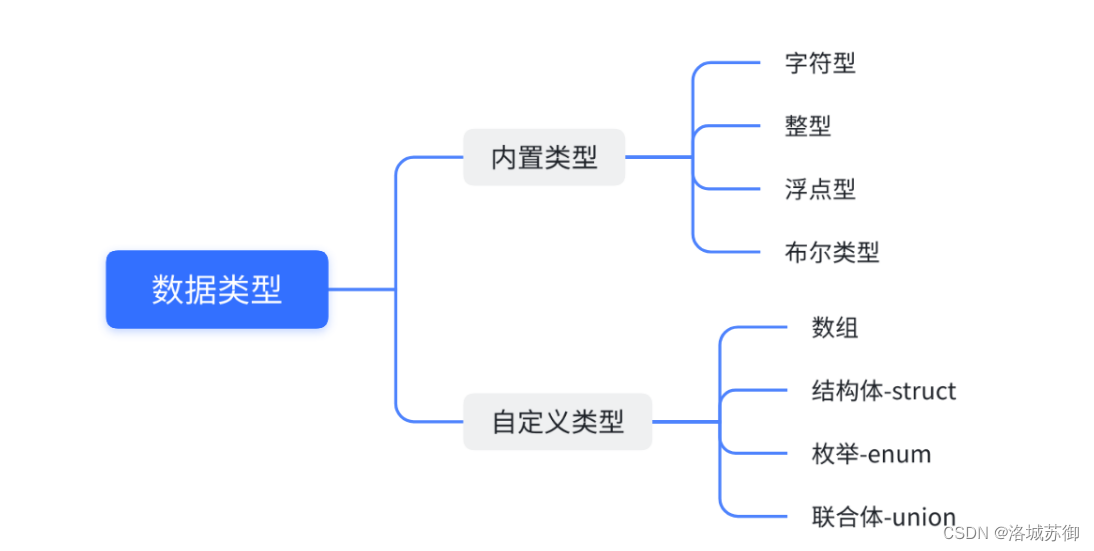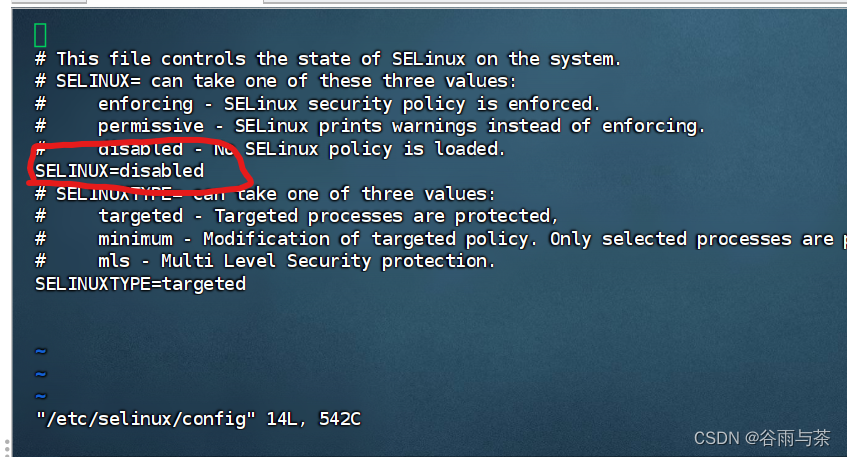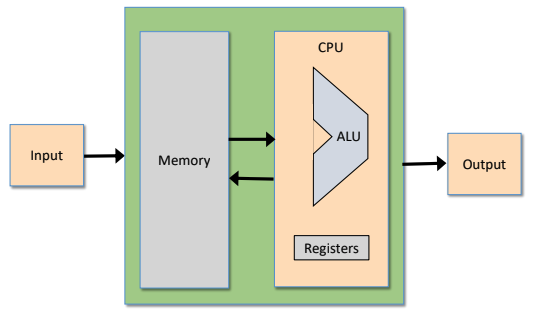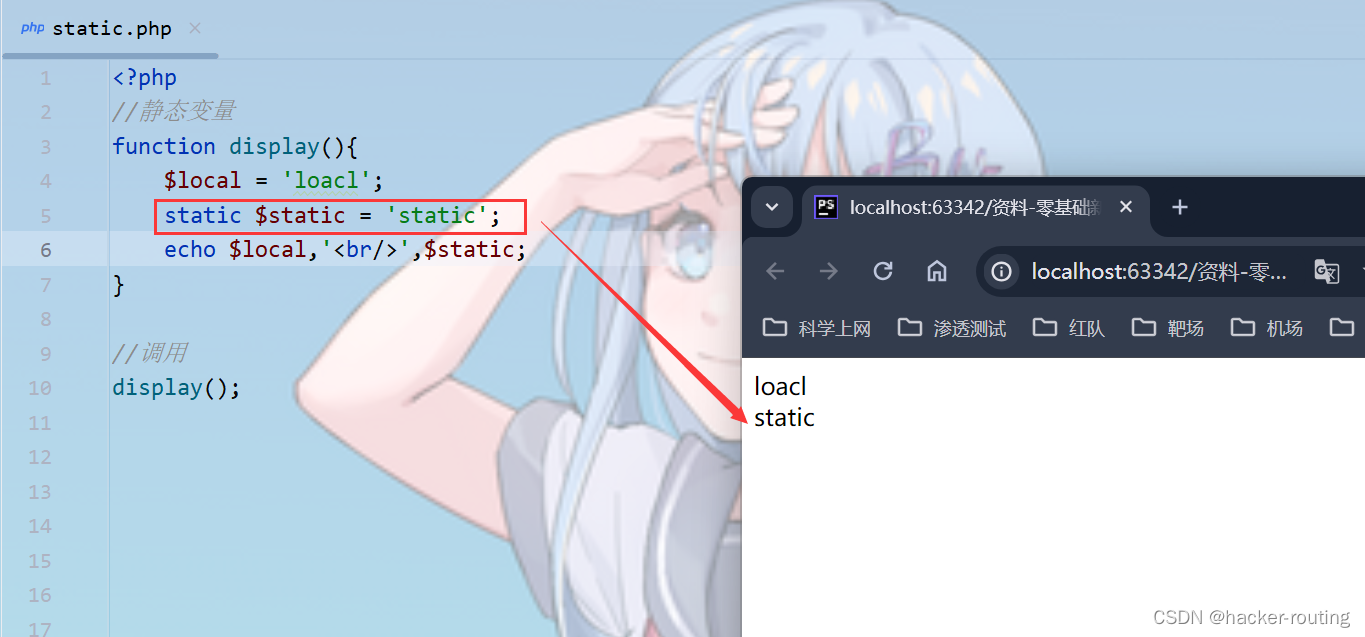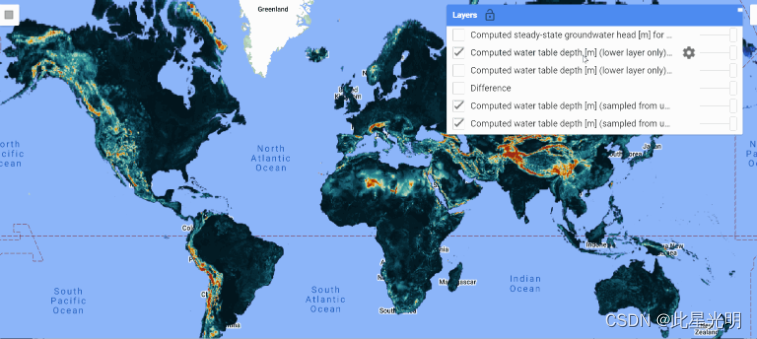目录
设置
!pip install -q tensorflow-model-optimization
import tempfile
import os
import tensorflow as tf
import numpy as np
from tensorflow_model_optimization.python.core.keras.compat import keras
%load_ext tensorboard
在不修剪的情况下为 MNIST 训练模型
# Load MNIST dataset
(train_images, train_labels), (test_images, test_labels) = tf.keras.datasets.mnist.load_data()
# Normalize the input image so that each pixel value is between 0 and 1.
train_images = train_images / 255.0
test_images = test_images / 255.0
# Define the model architecture.
model = keras.Sequential([
keras.layers.InputLayer(input_shape=(28, 28)),
keras.layers.Reshape(target_shape=(28, 28, 1)),
keras.layers.Conv2D(filters=12, kernel_size=(3, 3), activation='relu'),
keras.layers.MaxPooling2D(pool_size=(2, 2)),
keras.layers.Flatten(),
keras.layers.Dense(10)
])
# Train the digit classification model
model.compile(optimizer='adam',
loss=keras.losses.SparseCategoricalCrossentropy(from_logits=True),
metrics=['accuracy'])
model.fit(
train_images,
train_labels,
epochs=4,
validation_split=0.1,
)
评估基线测试准确性并保存模型以供以后使用
_, baseline_model_accuracy = model.evaluate(
test_images, test_labels, verbose=0)
print('Baseline test accuracy:', baseline_model_accuracy)
_, keras_file = tempfile.mkstemp('.h5')
keras.models.save_model(model, keras_file, include_optimizer=False)
print('Saved baseline model to:', keras_file)
预训练模型 Pruning
Start the model with 50% sparsity (50% zeros in weights) and end with 80% sparsity.
动态剪枝:PolynomialDecay策略意味着剪枝率不是一个固定的数字,而是随着训练步骤的增加而动态调整。这种动态调整允许模型在训练初期保持更多的连接,随着模型对剪枝的适应,逐渐增加剪枝的强度,这样可以帮助模型保持一定的性能,同时实现模型大小和计算资源的优化。通过这种方式,模型在剪枝过程结束时,能达到较高的稀疏度,同时在训练的早期阶段避免了剪枝过多可能导致的信息损失。这种逐渐增加稀疏度的策略,允许网络在训练过程中逐步适应这些改变,从而可能达到更好的最终性能。
import tensorflow_model_optimization as tfmot
prune_low_magnitude = tfmot.sparsity.keras.prune_low_magnitude # 移除权重中幅度最小的部分
# Compute end step to finish pruning after 2 epochs.
batch_size = 128
epochs = 2
validation_split = 0.1 # 10% of training set will be used for validation set.
num_images = train_images.shape[0] * (1 - validation_split)
end_step = np.ceil(num_images / batch_size).astype(np.int32) * epochs
# end_step 用于定义PolynomialDecay策略中剪枝率达到最终稀疏度的时刻。这个计算确保了剪枝过程能够在指定的训练时长内完成。
# Define model for pruning.
pruning_params = {
'pruning_schedule': tfmot.sparsity.keras.PolynomialDecay(initial_sparsity=0.50,
final_sparsity=0.80,
begin_step=0, #模型一开始训练就剪枝
end_step=end_step)
}
model_for_pruning = prune_low_magnitude(model, **pruning_params) #模型定义
# `prune_low_magnitude` requires a recompile.
model_for_pruning.compile(optimizer='adam',
loss=keras.losses.SparseCategoricalCrossentropy(from_logits=True),
metrics=['accuracy'])
model_for_pruning.summary()
根据 baseline 训练和评估模型
Fine tune with pruning for two epochs.
logdir = tempfile.mkdtemp()
callbacks = [
tfmot.sparsity.keras.UpdatePruningStep(),
tfmot.sparsity.keras.PruningSummaries(log_dir=logdir),
]
model_for_pruning.fit(train_images, train_labels,
batch_size=batch_size, epochs=epochs, validation_split=validation_split,
callbacks=callbacks)
#For this example, there is minimal loss in test accuracy after pruning, compared to the baseline.
_, model_for_pruning_accuracy = model_for_pruning.evaluate(
test_images, test_labels, verbose=0)
print('Baseline test accuracy:', baseline_model_accuracy)
print('Pruned test accuracy:', model_for_pruning_accuracy)
# The logs show the progression of sparsity on a per-layer basis.
#docs_infra: no_execute
%tensorboard --logdir={logdir}
Create 3x smaller models
上面只是用了标准的剪枝,实际应用还有两个方面可以继续压缩模型:
tfmot.sparsity.keras.strip_pruning函数被用于去除模型中与修剪相关的所有临时变量(例如,修剪掩码),因为这些变量在训练之后用于推断不再需要,但会增加模型的大小。- 修剪操作通常会导致模型中许多权重变为零(这是通过将不重要的权重设为零来实现的)。序列化(保存到文件中)后的权重矩阵尺寸与修剪之前相同,尽管它包含了许多零值。
标准压缩算法(如gzip)**可以识别这些冗余的零值,并通过仅存储非零信息来进一步压缩模型文件。
# First, create a compressible model for TensorFlow.
model_for_export = tfmot.sparsity.keras.strip_pruning(model_for_pruning)
_, pruned_keras_file = tempfile.mkstemp('.h5')
keras.models.save_model(model_for_export, pruned_keras_file, include_optimizer=False)
print('Saved pruned Keras model to:', pruned_keras_file)
# Then, create a compressible model for TFLite.
converter = tf.lite.TFLiteConverter.from_keras_model(model_for_export)
pruned_tflite_model = converter.convert()
_, pruned_tflite_file = tempfile.mkstemp('.tflite')
with open(pruned_tflite_file, 'wb') as f:
f.write(pruned_tflite_model)
print('Saved pruned TFLite model to:', pruned_tflite_file)
# Define a helper function to actually compress the models via gzip and measure the zipped size.
def get_gzipped_model_size(file):
# Returns size of gzipped model, in bytes.
import os
import zipfile
_, zipped_file = tempfile.mkstemp('.zip')
with zipfile.ZipFile(zipped_file, 'w', compression=zipfile.ZIP_DEFLATED) as f:
f.write(file)
return os.path.getsize(zipped_file)
print("Size of gzipped baseline Keras model: %.2f bytes" % (get_gzipped_model_size(keras_file)))
print("Size of gzipped pruned Keras model: %.2f bytes" % (get_gzipped_model_size(pruned_keras_file)))
print("Size of gzipped pruned TFlite model: %.2f bytes" % (get_gzipped_model_size(pruned_tflite_file)))
Create a 10x smaller model from combining pruning and quantization
除了剪枝,我们可以继续用量化技术(PTQ)来压缩模型。
converter.optimizations = [tf.lite.Optimize.DEFAULT] 这行API代码执行了量化操作。
You can apply post-training quantization to the pruned model for additional benefits.
converter = tf.lite.TFLiteConverter.from_keras_model(model_for_export)
converter.optimizations = [tf.lite.Optimize.DEFAULT]
quantized_and_pruned_tflite_model = converter.convert()
_, quantized_and_pruned_tflite_file = tempfile.mkstemp('.tflite')
with open(quantized_and_pruned_tflite_file, 'wb') as f:
f.write(quantized_and_pruned_tflite_model)
print('Saved quantized and pruned TFLite model to:', quantized_and_pruned_tflite_file)
print("Size of gzipped baseline Keras model: %.2f bytes" % (get_gzipped_model_size(keras_file)))
print("Size of gzipped pruned and quantized TFlite model: %.2f bytes" % (get_gzipped_model_size(quantized_and_pruned_tflite_file)))
See persistence of accuracy from TF to TFLite
Define a helper function to evaluate the TF Lite model on the test dataset.
import numpy as np
def evaluate_model(interpreter):
input_index = interpreter.get_input_details()[0]["index"]
output_index = interpreter.get_output_details()[0]["index"]
# Run predictions on ever y image in the "test" dataset.
prediction_digits = []
for i, test_image in enumerate(test_images):
if i % 1000 == 0:
print('Evaluated on {n} results so far.'.format(n=i))
# Pre-processing: add batch dimension and convert to float32 to match with
# the model's input data format.
test_image = np.expand_dims(test_image, axis=0).astype(np.float32)
interpreter.set_tensor(input_index, test_image)
# Run inference.
interpreter.invoke()
# Post-processing: remove batch dimension and find the digit with highest
# probability.
output = interpreter.tensor(output_index)
digit = np.argmax(output()[0])
prediction_digits.append(digit)
print('\n')
# Compare prediction results with ground truth labels to calculate accuracy.
prediction_digits = np.array(prediction_digits)
accuracy = (prediction_digits == test_labels).mean()
return accuracy
# You evaluate the pruned and quantized model and see that the accuracy from TensorFlow persists to the TFLite backend.
interpreter = tf.lite.Interpreter(model_content=quantized_and_pruned_tflite_model)
interpreter.allocate_tensors()
test_accuracy = evaluate_model(interpreter)
print('Pruned and quantized TFLite test_accuracy:', test_accuracy)
print('Pruned TF test accuracy:', model_for_pruning_accuracy)





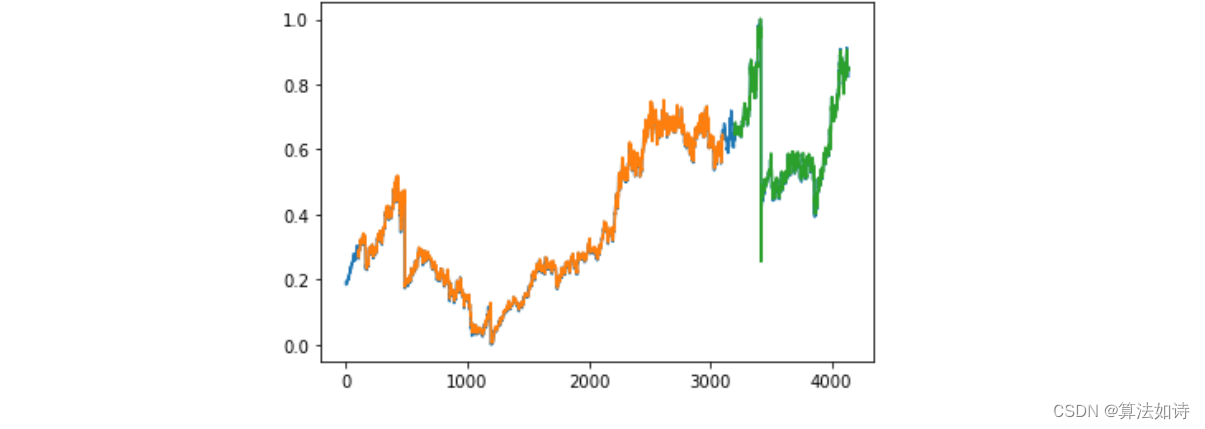


















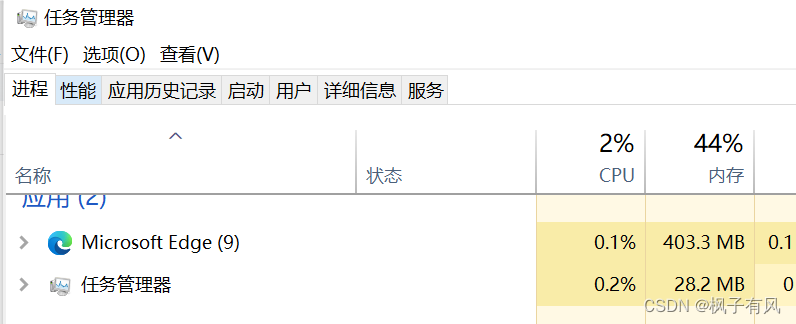

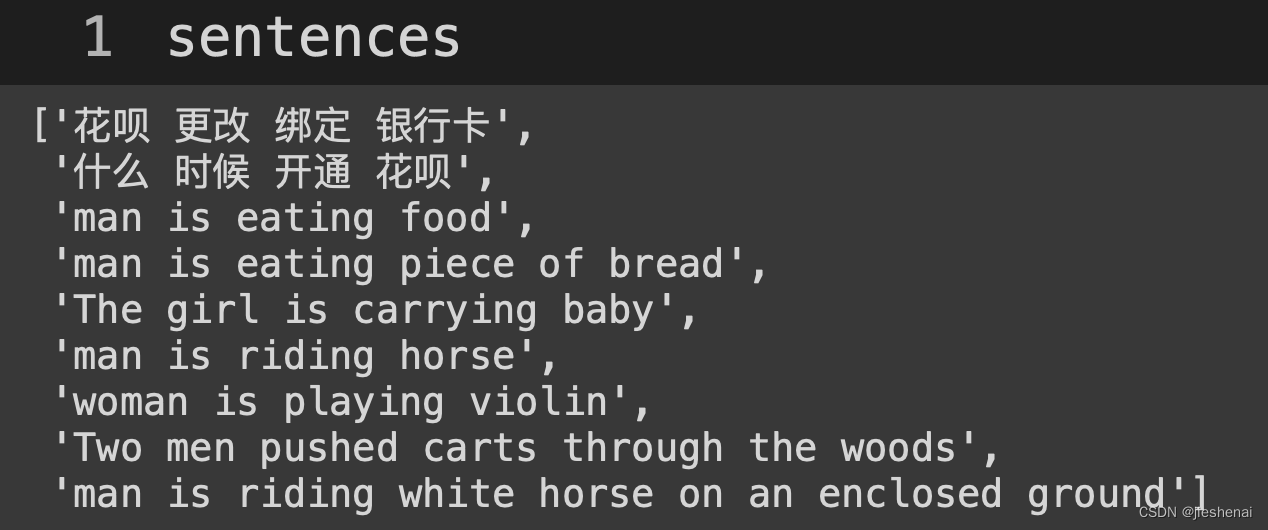

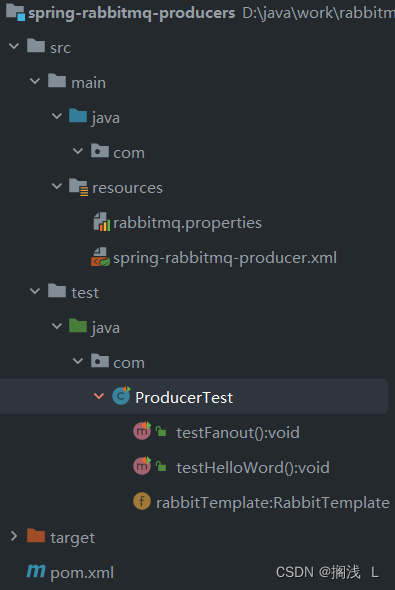


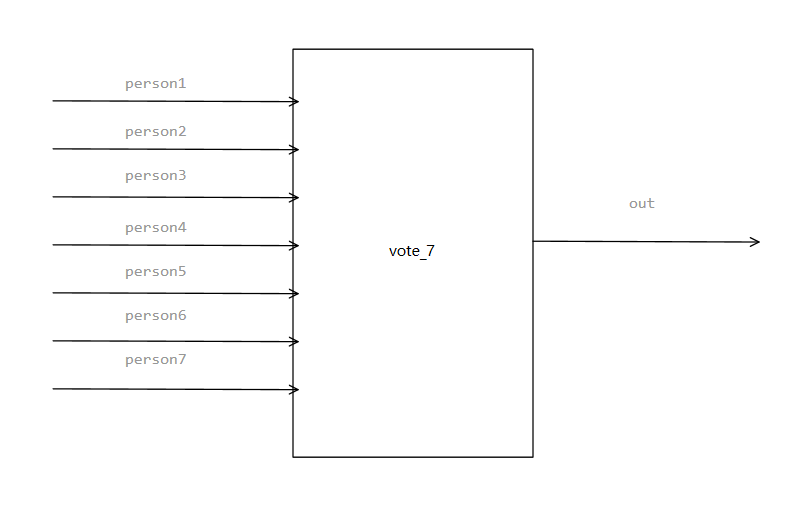

![【原创】[新增]ARCGIS之土地报备Txt、征地Xls格式批量导出Por旗舰版](https://img-blog.csdnimg.cn/direct/4e57a50f9d874bffa993162eebbd0dec.png)
